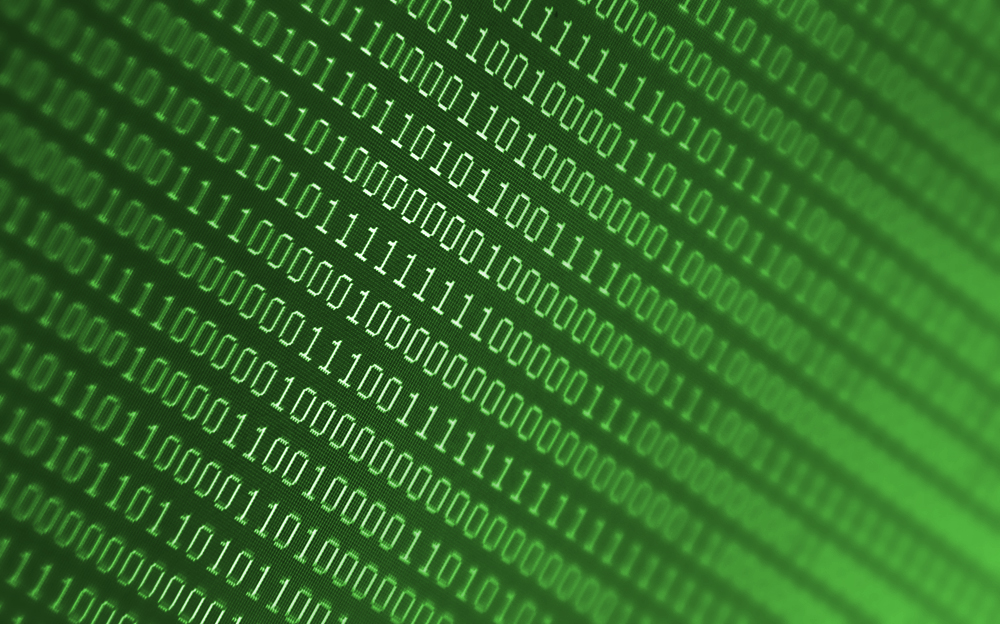When the time comes to throw away, give away, sell or otherwise dispose of a computer, you should be sure to permanently erase the data on it. Otherwise, the new owner – or someone who has fished it out of the trash (yes, this actually happens) – will be able to read the financial, business and personal data, as well any other information, that was on the hard drive when you stopped using it. Often this will also include data that you may have thought was deleted but is actually still on the hard drive. Pressing ‘delete’ doesn’t actually erase a file or program permanently and even a moderately skilled hacker will be able to retrieve it. Naturally, this begs the question: how do you permanently delete the data that you don’t want lingering on the computer once you are ready to dispose of it?
A typical computer hard drive stores electronic information magnetically. Magnetically stored data can be genuinely deleted via overwriting, demagnetization or physical destruction.
Overwriting refers to storing new data in same storage space as – and effectively on top of – the older data being deleted. A helpful analogy could be thinking of the older data like a footprint in a muddy field. If someone steps on it, the new footprint will effectively ‘overwrite’ the old one. A number of programs exist to deliberately overwrite the data on a hard drive with random 1s and 0s (gibberish, in effect), but it’s a time consuming process – as the data is generally overwritten several times – and it might not make the data completely inaccessible. A hacker skilled in computer forensics may still be able to recover some of the data (assuming it’s worth the time and expense to do so). An overwritten drive can be reused.
Read more ›















